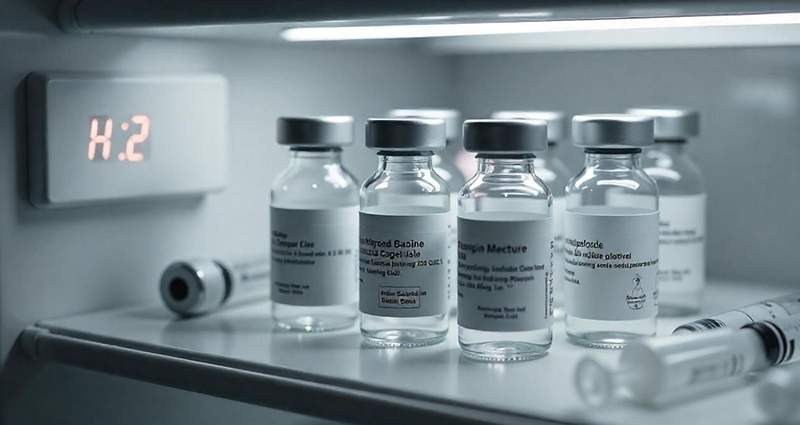
Proper storage of pharmaceuticals from research and development through dispensing is crucial to ensure that the products remain safe and effective. Temperature and humidity can have drastic effects on drugs and their ingredients. If stored at the wrong temperatures for even a short period of time, they can become ineffective, lose potency or even become harmful to patients.













